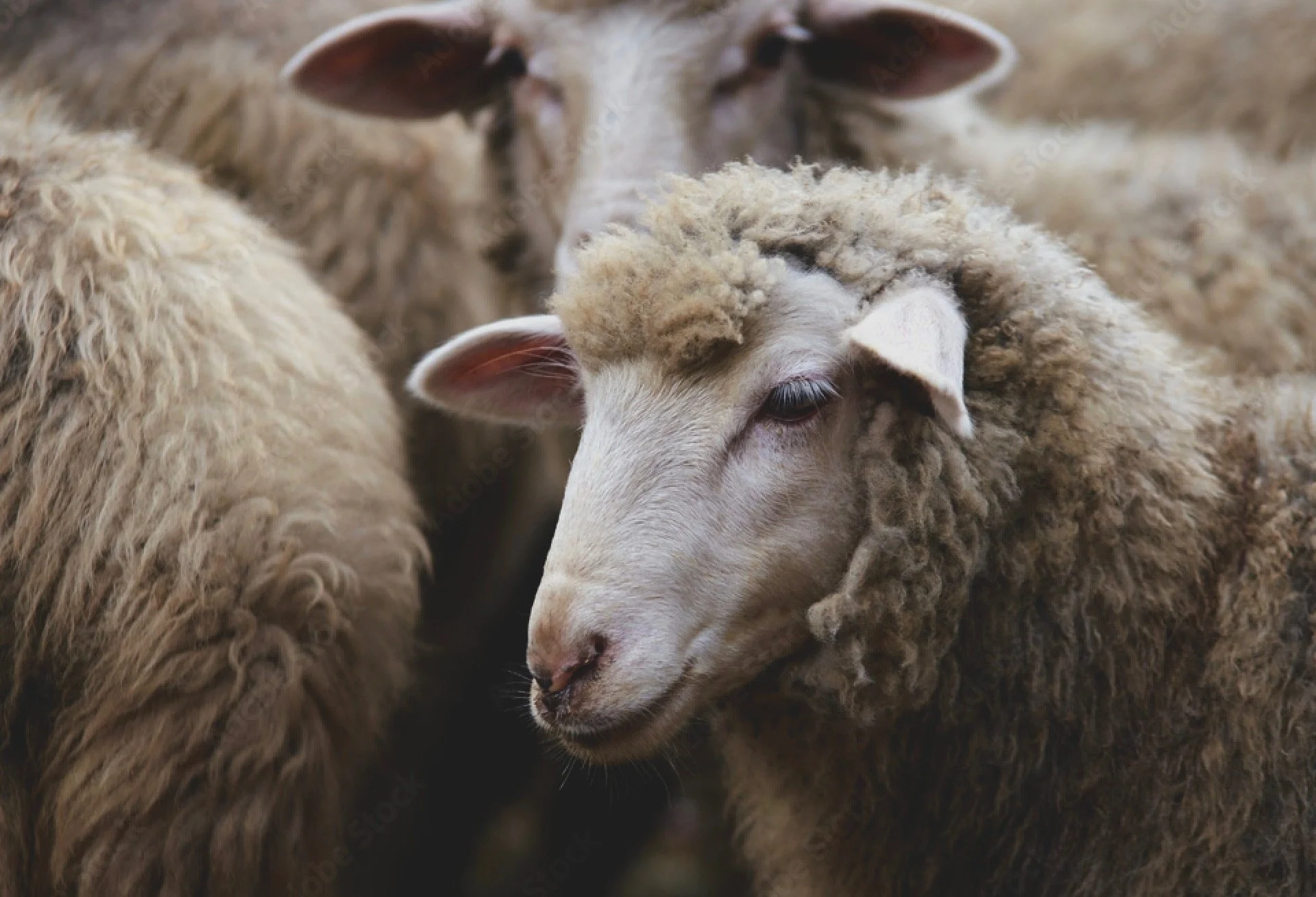A lot of people conflate natural products with ethical processing. Unfortunately, this isn't always the case. There are so many different harmful and problematic methods that fiber dyers can incorporate intentionally (e.g., to cut development costs, time, and energy) or unintentionally (e.g., lack of awareness). Thus, there are several practices that we stand behind to ensure you can enjoy your craft in a harm-free, reduced-waste approach. First, all of our dye ingredients are plant-based and never derived from animal by-products (e.g., cochineal, etc.). Second, we have diligently researched the farms that supply our protein fiber yarns (e.g., wool, alpaca, etc.), to ensure that the fiber is locally and/or ethically sourced. Third, many of our dye ingredients are locally foraged, with emphasis on invasive plant species that would otherwise harm established ecosystems. Fourth, we never take more than we need to reduce environmental waste and to allow for pollinators and other animals to share in the bounty.




